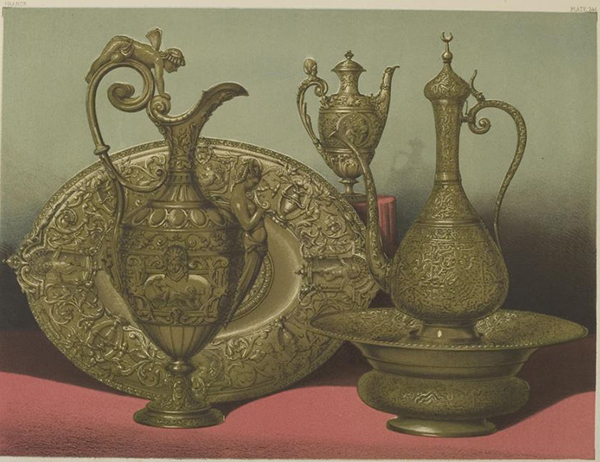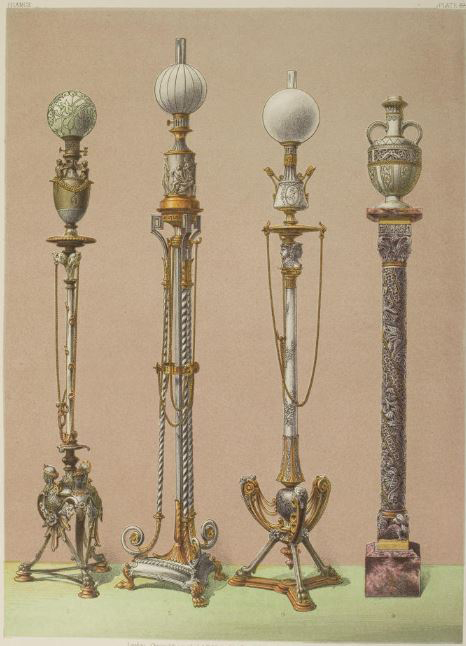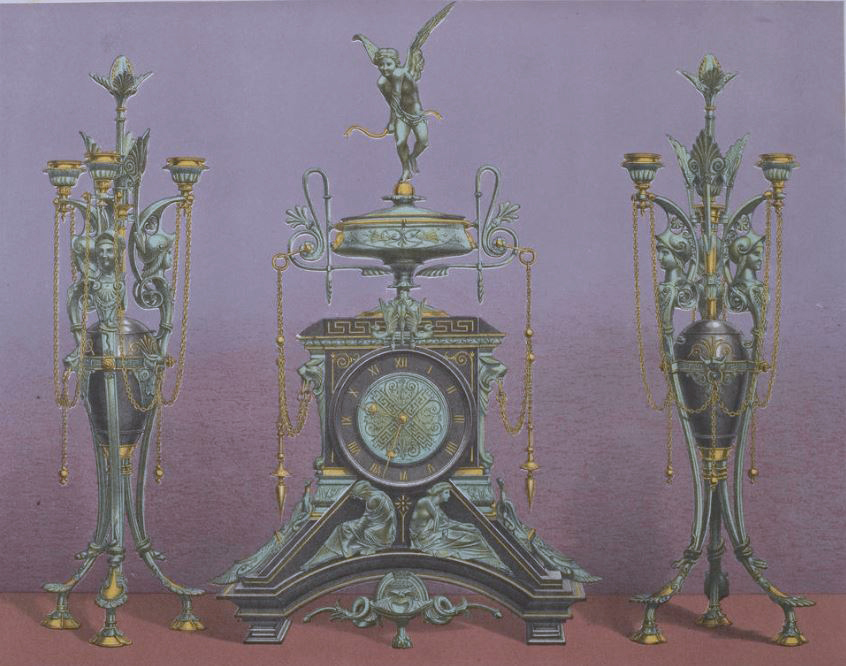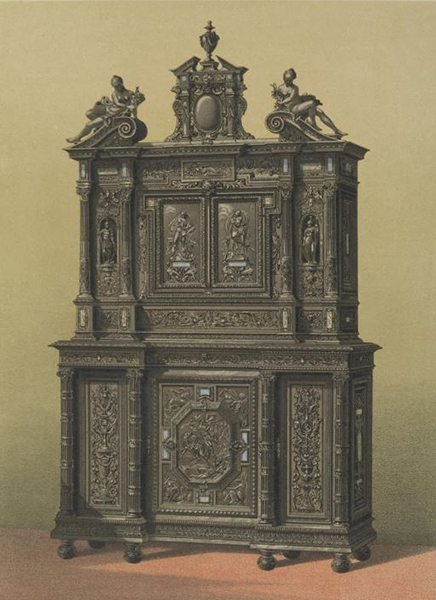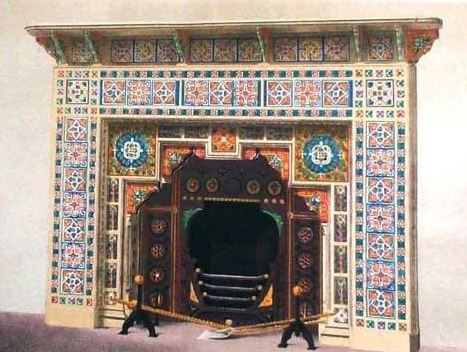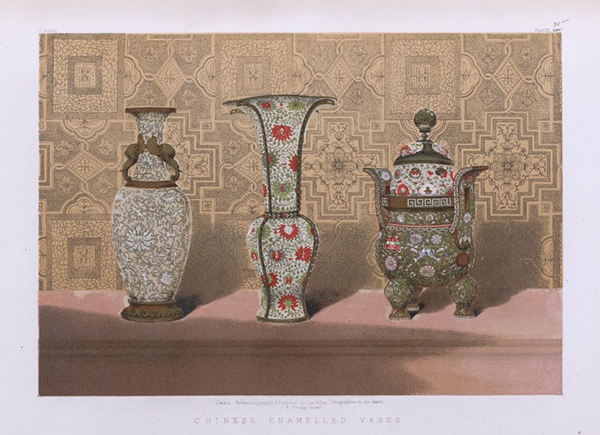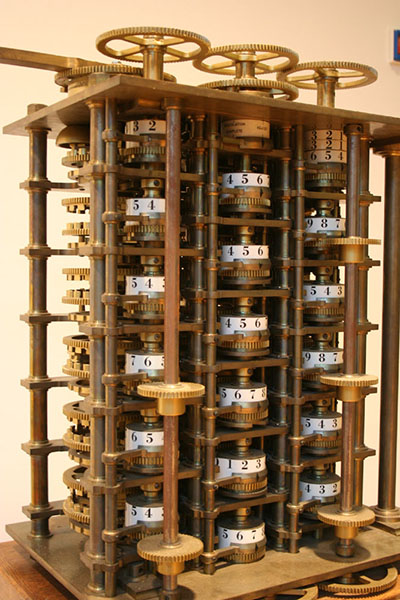World's Fair of 1862
Download PDFEngland wishes to mark the 10th anniversary of its great invention, the famous World’s Fair of 1851 , by organizing a third exhibition which would still surpass the World’s Fair of 1855 in Paris. Delayed for a year because of conflicts engaging the major nations of Europe, the London Great Exhibition finally opened on the May 1st, 1862. Taking up the French model of 1855, it is a World’s Fair of Agriculture, Industry and Fine Arts, to which France is invited, under the auspices of regained peace.
The event hosts 39 countries under the same main nave of the Exhibition Palace. Built by architect Francis Fowke, this building is the synthesis between the Crystal Palace from the World’s Fair of 1851 and the French Industry Palace of 1855 by the combined use of brick, iron and glass.
Visitors enter through a large nave where works of art are exhibited, while mechanical inventions are exhibited in adjacent wings. For example, it is at this exhibition that the public discovers the Analytical Engine of Charles Babbage, first prototype of the computer.
A chess tournament welcomed 14 players of different nationalities, thus widening the fields of the World’s Fair. Additionally, following the opening of Japan to foreign trade in 1853, Japanese ambassadors visited the Great Exhibition, in the context of negotiations with Europe. The country officially participated in the next World’s Fair of 1867 which was held in Paris.
Among the French artists, Ferdinand Barbedienne made a sensation at this Exhibition with the objects resulting from his fruitful collaboration with Constant Sévin. Together they present Byzantine style objects in chased and cloisonné enamels. The pair of vases presented at his stand was illustrated by John Burley Waring in his Album, Masterpieces of Industrial Art and Sculpture at the International Exhibition of 1862. His choice of illustrations gives much space to the French works, showing the quality of these productions on the international scene.
Finally, the World’s Fair of 1862 takes place on a background of social struggle. At the request of the worker Tolain, a delegation of 183 Parisian workers' delegates went to the World’s Fair to compare the working conditions in English and French industries and manufactures, which would lead to the drafting of the Manifesto of the Sixty Workers of the Seine, by the first International Association of Workers.
The World’s Fair of 1862 presented 28,700 participants for 6,212,000 visitors. Despite the affluence, its profits were less than at the first World’s Fair in 1851. Its main contribution was the South Kensington Museum, given as an example to Europe, model of the future Museum of Decorative Arts in Paris.









